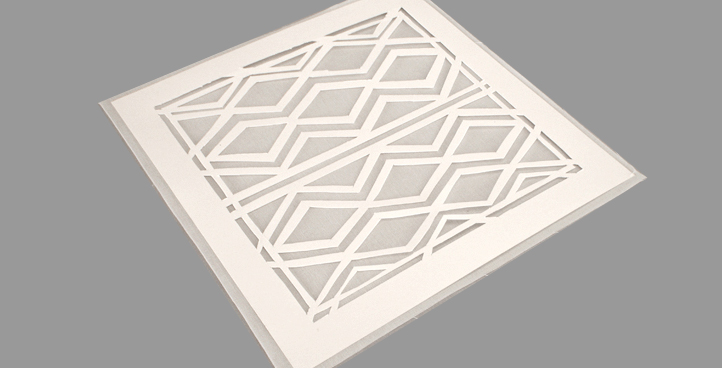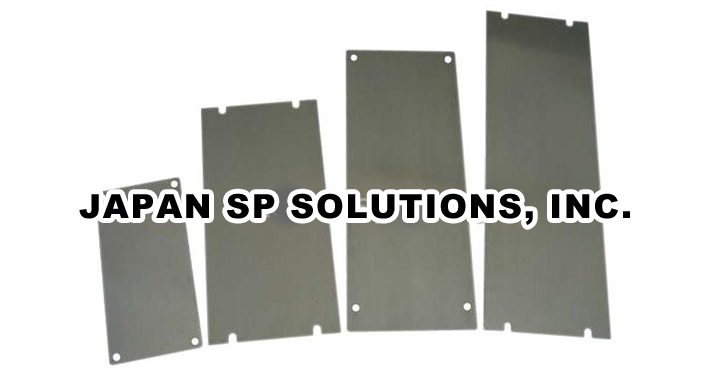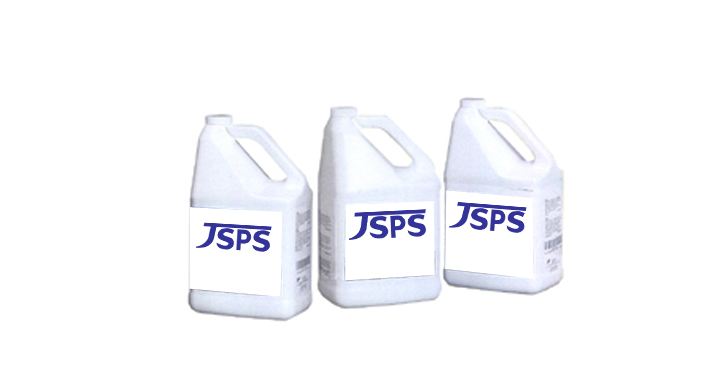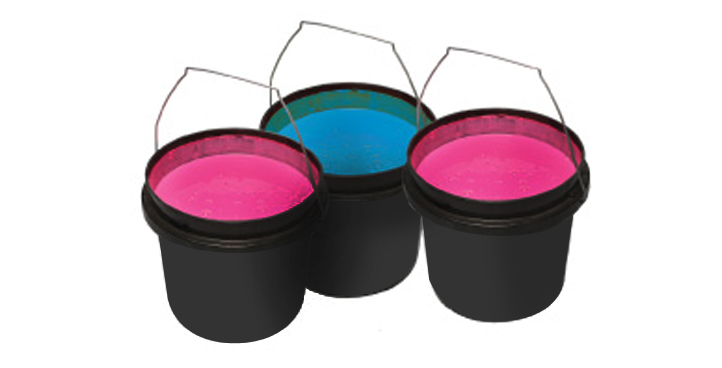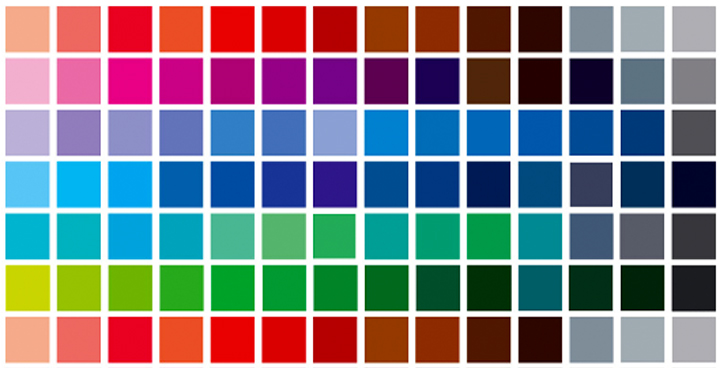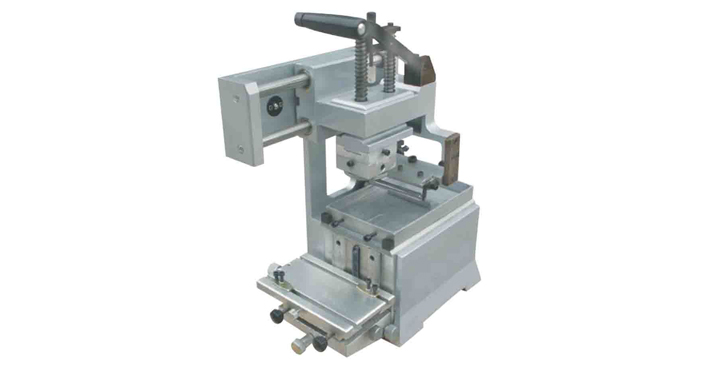- Home
- Products
Stencil Making of Screen Printing
Screen printing is a printing technique whereby a mesh is used to transfer ink onto a substrate, except in areas made impermeable to the ink by a blocking stencil.
Read morePlate Making of Pad Printing
We factors in all aspects of your particular job specifications and examines variables that will affect printing quality. Your questions are answered with the expertise to guide you to the most cost-efficient solutions.
Read moreSolvent and Cleaner Mixture
Purposes of cleaning agents include health, beauty, removing offensive odor, and avoiding the spread of dirt and contaminants to oneself and others.
Read morePhoto Emulsion Mixture
Photo emulsion is thick liquid substance which reacts to light. Essentially, photo emulsion becomes “tougher” when exposed to light, making it more difficult to remove from surfaces.
Read moreColor Matching of Screen printing
We will custom-mix your special colors! Minimum batch for a non-Pantone® color is 60 gallons and we require a wet sample.
Read morePad Printing
Pad printing (also called tampography) is a printing process that can transfer a 2-D image onto a 3-D object. This is accomplished using an indirect offset (gravure) printing process that involves an image being transferred from the cliché via a silicone pad onto a substrate.
Read more

